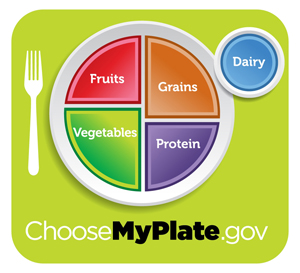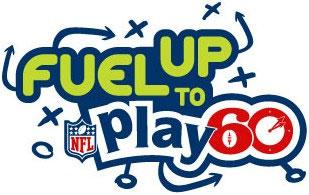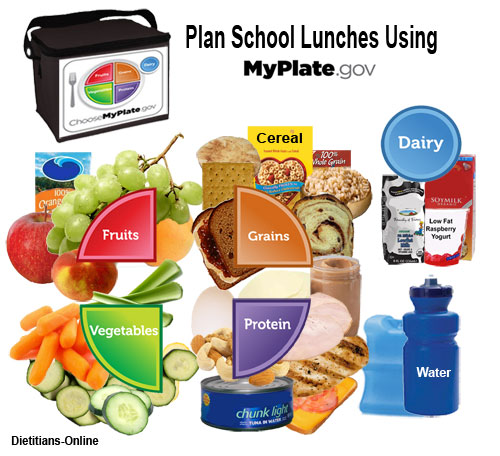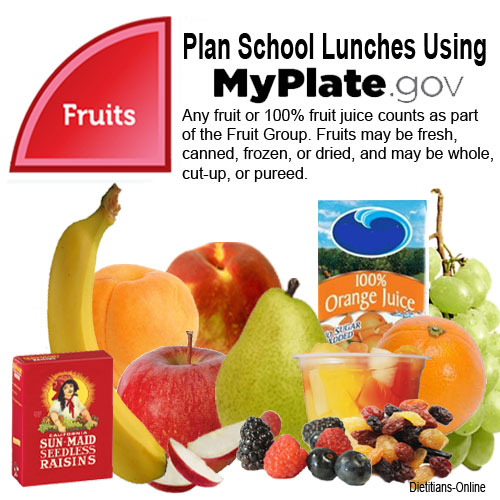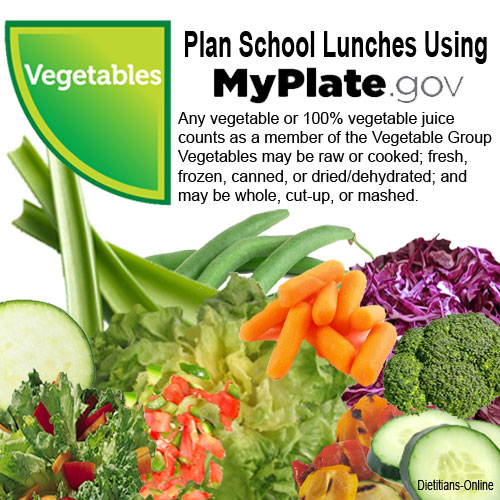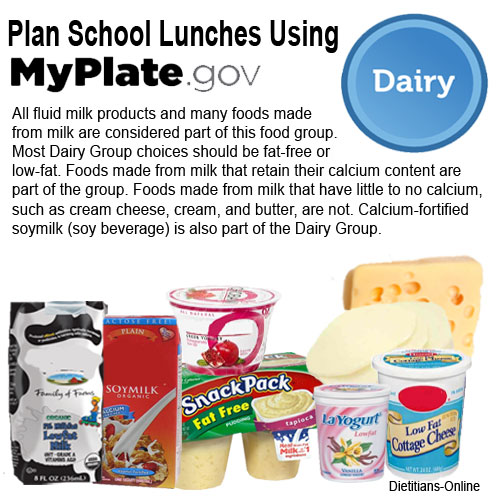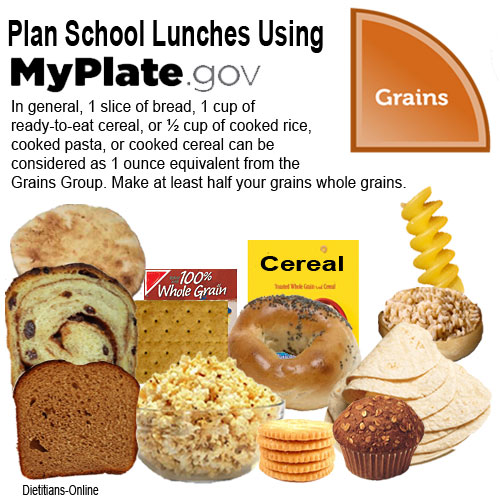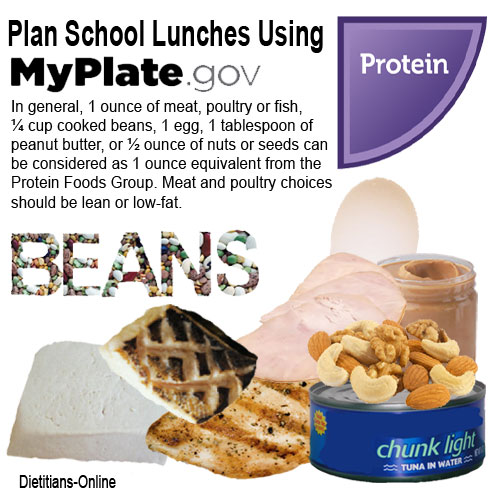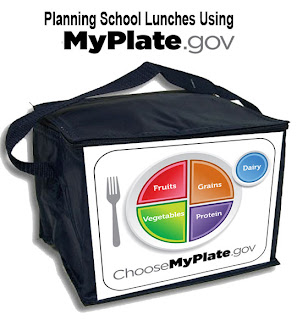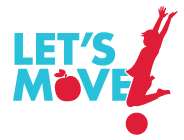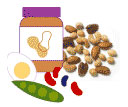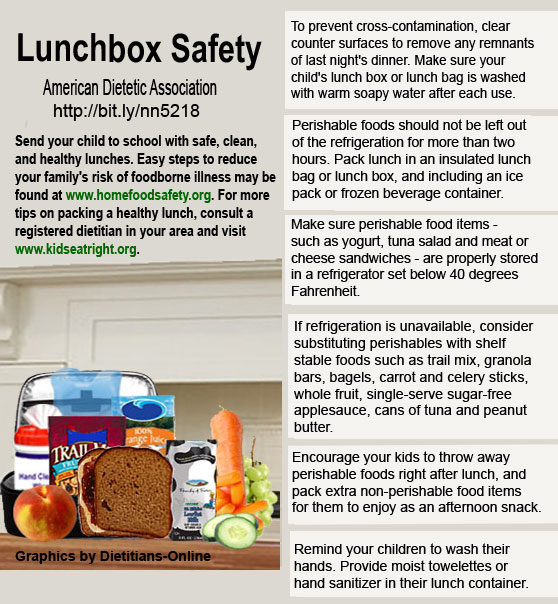Santa's List of Healthy Resources for Children and Families | |
|
engages, educates, and empowers all Americans to adopt a healthy lifestyle that includes regular physical activity and good nutrition. Since 1956, the Council has created and promoted programs and initiatives that motivate people of all ages, backgrounds, and abilities to be active and eat healthy. | |
Choose MyPlate. The website features practical information and tips to help Americans build healthier diets.
| |
 |
Kids Eat Right is your source for scientifically-based health and nutrition information you can trust to help your child grow healthy. As a parent or caretaker, you need reliable resources, and you can find them here, backed by the expertise of nutrition professionals.
|
| | Academy of Nutrition and Dietetics is your source for trustworthy, science-based food and nutrition information. The world's largest organization of food and nutrition professionals, AND is committed to improving the nation's health and advancing the profession of dietetics through research, education, and advocacy. |
| When you donate to Feeding America, you are doing more than helping provide meals. You are sending hope and joy to hard-working families struggling with the difficult decision of whether to pay the bills or pay for groceries. | |
Action for Healthy Kids believes there are ways to reduce and prevent childhood obesity and undernourishment. Learn how Action for Healthy Kids works with schools, families, and communities to help our kids learn to be healthier and ready to learn.
| |
Healthy Children The American Academy of Pediatrics (AAP) and its member pediatricians dedicate their efforts and resources to the health, safety, and well-being of infants, children, adolescents, and young adults. Healthy Children - Nutrition; Food Allergies in Children
| |
Team Nutrition: Eat Smart. Play Hard.™ Materials. A campaign launched by USDA's Food and Nutrition Service (FNS) to encourage and teach children, parents, and caregivers to eat healthy and be physically active every day. Eat Smart. Play Hard.™ is about making America's children healthier. It's about practical suggestions that will help you motivate children and their caregivers to eat healthy and be active. Eat Smart. Play Hard.™ Campaign messages and materials are fun for children and informative for caregivers. Building Blocks for Fun and Healthy Meals; Fact Sheets For Healthier School Meals
| |
 | We Can. The We Can! GO, SLOW, and WHOA Foods fact sheets (pdf) can be posted on the refrigerator or used when grocery shopping. The We Can! Parent Tips - Snack (pdf) 100 Calories or Less tip sheet can help consumers choose vegetables, whole grains, and fat-free or low-fat (1 percent) milk for healthier snacks. |
| Fruits and Veggies More Matters | |
| National Dairy Council® (NDC); Child Nutrition; Fuel Up sponsored by National Dairy Council and the National Football League, in collaboration with the United States Department of Agriculture (USDA). Fuel Up is an in-school program that encourages the availability and consumption of nutrient-rich foods, along with at least 60 minutes of daily physical activity. | |
 | The National School Lunch Program (NSLP) is a federally-assisted meal program in public and nonprofit private schools and residential childcare institutions. It provides children nutritionally balanced, low-cost, or free lunches each school day. The program was established under the National School Lunch Act, signed by President Harry Truman in 1946. |
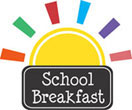 | The School Breakfast Program (SBP) provides cash assistance to States to operate nonprofit breakfast programs in schools and residential childcare institutions. The program is administered at the Federal level by FNS. State education agencies administer the SBP at the State level, and local school food authorities operate it in schools. |
This Beautiful Costco Charcuterie Board Has Shoppers Running to Stores
-
Show off pride for the state you love! *READ MORE...*
9 hours ago



